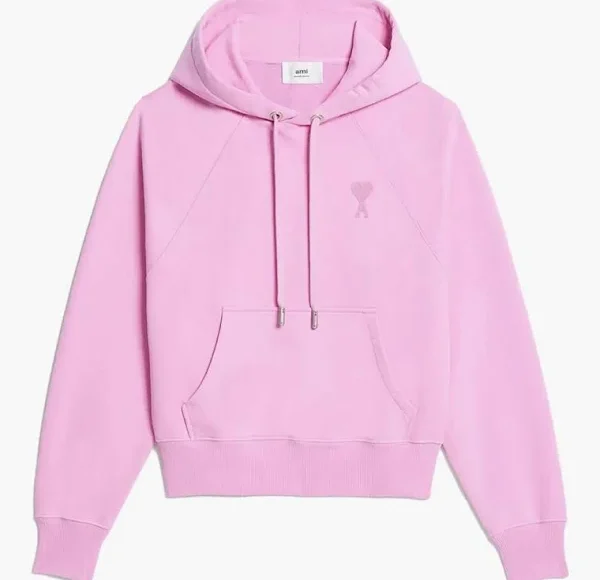Trapstar is more than just a clothing brand — it’s a cultural movement. Born in the heart of West London, Trapstar has grown from an underground label into one of the most recognized streetwear names on the global fashion map. What sets Trapstar apart is its fusion of street authenticity, bold design choices, and an unshakable connection to music and youth culture.
The origins of Trapstar are rooted in hustle and ambition. The brand’s founders started by printing T-shirts and selling them directly to friends, from the trunks of cars, and even through “trap phones.” This grassroots approach gave Trapstar a unique edge. It wasn’t created in a corporate boardroom — it was built on the streets, for the streets. This authenticity became a major part of the brand’s identity and appeal.
Trapstar’s design language is distinct and hard to ignore. Known for its bold graphics, iconic gothic “T” logos, and cryptic slogans like “It’s A Secret,” the brand draws attention without trying too hard. The apparel typically features a dark and moody color palette — blacks, greys, and deep reds — that pairs well with its edgy tone. The garments, especially their signature jackets and tracksuits, are made to stand out. Whether it’s a heavily branded puffer jacket or a clean monochrome hoodie, Trapstar pieces demand a second look.
What helped catapult Trapstar into wider recognition was its connection to music culture. From the beginning, the brand had strong ties to the UK grime and drill scenes. Artists like Giggs, Skepta, and Stormzy were early supporters of the label, wearing it in videos, concerts, and public appearances. These endorsements weren’t arranged through marketing deals — they were organic. The artists wore Trapstar because they believed in the brand’s message and felt connected to its aesthetic.
As Trapstar grew in popularity, international celebrities began to take notice. Artists like Rihanna, Jay-Z, and A$AP Rocky were seen rocking Trapstar apparel, bringing the brand into the global spotlight. This attention helped open doors to collaborations and further expansion. Trapstar’s partnership with global entertainment figures helped blur the line between fashion and music, reinforcing the brand’s image as a lifestyle rather than just a label.
Another key to Trapstar’s success has been its limited drop strategy. Instead of releasing massive collections, the brand focuses on exclusive drops that create urgency and hype. This “scarcity model” keeps fans eagerly watching their feeds and ready to purchase before items sell out. The result is not just high demand but also a strong sense of community among fans who share a connection through rare pieces.
While other brands chase trends, Trapstar sticks to its roots. Its collections remain consistent in their message — raw, bold, and unapologetically street. The brand doesn’t rely on seasonal changes or fashion week appearances to stay relevant. Instead, it draws strength from its cultural influence, its community, and its vision.
Trapstar has also begun expanding beyond just clothing. The brand represents a mindset — confidence, rebellion, and ambition. Whether it’s through fashion, music, or collaborations, Giacca Trapstar continues to build a lifestyle that resonates with the next generation of creators and dreamers.
As Trapstar grew in popularity, international celebrities began to take notice. Artists like Rihanna, Jay-Z, and A$AP Rocky were seen rocking Trapstar apparel, bringing the brand into the global spotlight. This attention helped open doors to collaborations and further expansion. Trapstar’s partnership with global entertainment figures helped blur the line between fashion and music, reinforcing the brand’s image as a lifestyle rather than just a label.
In a fashion world full of imitations and fast trends, Trapstar has stayed true to its origin. Its rise from the streets of London to the wardrobes of international icons proves that realness still matters. It’s not just about looking cool — it’s about wearing something that means something. Trapstar is more than fashion. It’s a movement. A symbol of where you’ve come from — and where you’re going.















Leave a comment